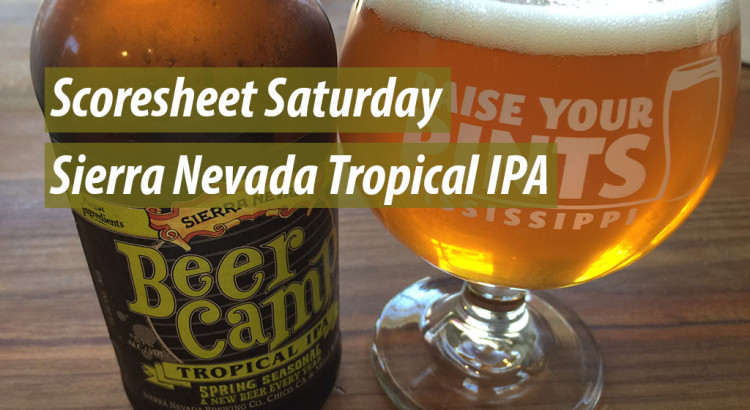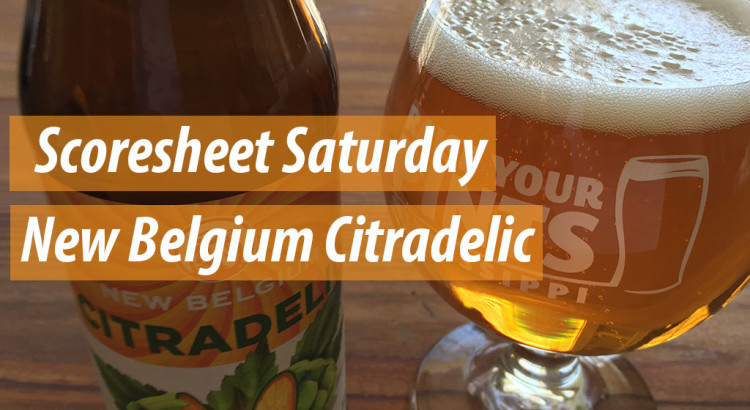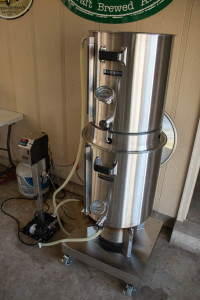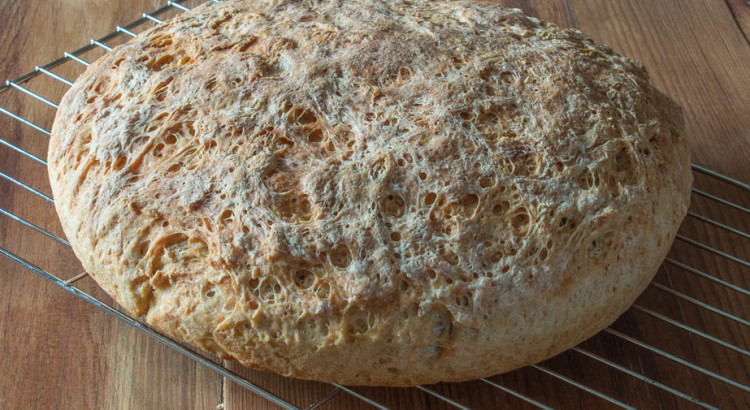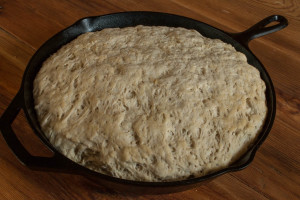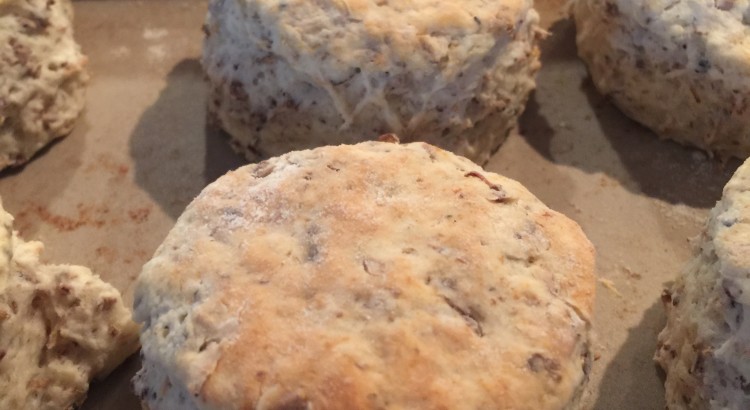In this post, I’m sipping on one of my favorite summer beer styles, Gose. The Westbrook Gose is one of my all-time favorite summer beers. Lets see how the Otra Vez tastes and compared to the style guidelines in the BJCP.
Judge: Ron Unz
BJCP ID: F0711
Rank: Certified
Beer Name: Sierra Nevada Beer Otra Vez
Category: 27 Historical Beer – Gose
Special Ingredients: None
Bottle Inspection: Ok.
Comments: None
Aroma: 7/12
Moderate-low bread crust malt and wheat aroma. No hop aroma. Low levels of citrus and fruit. Moderate-low acidity which lends to a brightness to the aroma. No diacetyl. No coriander.
Appearance: 2/3
 Dark hay in color. Moderate haze, but ok for style. White head with large bubbles that quickly falls. Poor head retention.
Dark hay in color. Moderate haze, but ok for style. White head with large bubbles that quickly falls. Poor head retention.
Flavor: 12/20
Moderate-low bread and bread crust malt flavors. Bright citrus up front with hints of lemons and watermelon. Moderate-lower bitterness with no hop flavor. Relatively clean fermentation. Beer is a little on the sweet balance, especially in the finish. Sweetness is slightly cloying. No coriander. Low levels of salt, but ok for style.
Mouthfeel: 4/5
Medium body. Moderate-low carbonation. No astringency.
Overall Impression: 6/10
I really enjoy the flavors this beer has to offer. The citrus and watermelon-like flavors makes me think this might be better off in a fruit category. This beer is a little sweet for style and is slightly cloying. Mash lower, use some simple sugars, or increase the carbonation. Carbonation is already too low for style The beer also needs a larger more prominent coriander presence. I perceived no coriander. Solid summer ale.
TOTAL: 31/50
Comments: I really enjoyed this beer. Overall I think it’s a little too sweet and cloying for style. The coriander is an important component to a gose. The beer is labeled as a “gose-style” ale, so I was hoping to have a little more coriander. However, the beer is marketed to have pear cactus and grapefruit. I get a hint of citrus, but the pear fruit really comes across as a watermelon-like flavor which is excellent in this style of beer. If this beer was a little drier and/or higher carbonated and had a more coriander, it would have scored in the high 30s low 40s. Now if this were judged in category Fruit Beer (29A), then this beer would have also scored very well. The fruit character is almost perfect because it allows the base beer to shine while still being present.





